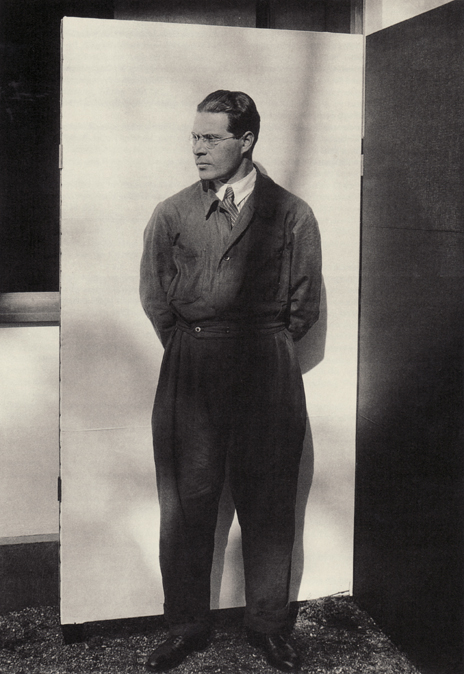Luca wrote:It has to be said that the sartorial equivalent (this is LL, after all) of his Ville Radieuse urban planning proposals and of his Unité d'Abitation is that of a man who forsakes all his hand-tailored suits for, respectively, an orange jumpsuit or a pair of high-quality sweats for the rest of his life.


...I think you might be right, Luca. At the same time, I find simplicity, achieved through reduction, inherently beautiful and true. Reyner Banham, author of "Age of the Masters: A Personal View of Modern Architecture" (1962), wouldn't entirely agree with you:
Reyner Banham wrote:For twenty years—thirty in the case of some critics—the defence of modern architecture was the defence of the uniform quite as much as the defence of Functionalism, and there are still people today who cannot accept a building as functional unless it wears the uniform gear. But already in the early thirties, Le Corbusier was adjusting his dress, and incorporating sporty or tweedy elements not accepted by the rest of the gang.
See also this very interesting article for a detailed analysis of Banham's words:
A Sartorial Moment.
Below some quotes from Le Corbusier's address to M. Claudius Petit, Minister of Reconstruction and Town Planning, on the occasion of the handing over of the Unité d'Habitation (Marseilles, 14th Oct. 1952;
source).
On colour:
[...] The realization of the Unité at Marseilles has shown the splendour which is possible by the use of reinforced concrete as a natural material of the same rank as stone, wood or terra cotta. It seems to be really possible to consider concrete as a reconstructed stone, worthy of being exposed in its natural state. It has been said that the appearance of cement is dreary, that is to say that its color is dreary. This is just as false as to say that a color can be dreary per se, when in fact colors have value only in relation to their surroundings. [...]
On texture and perfection:
[...] How often visitors (particularly the Swiss, the Dutch and the Swedes) have said to me : “Your building is very beautiful, but how badly it has been executed”, but I replied “Have you never noticed in the cathedrals and the chateaux how the stones are roughly shaped, the faults being admitted or even cleverly exploited ? Perhaps you do not notice these things when you are looking at architecture ? But in men and women do you not see the wrinkles and the birthmarks, the crooked noses, the innumerable peculiarities ? Have you come expecting to meet the Venus de Medici in flesh and blood-the Apollon of the Belvedere ?” Faults are human; they are ourselves, our daily lives. What matters is to go further, to live, to be intense, to aim high, and to be loyal! [...]
On housing standards:
[...] Each apartment contains two floors connected with an interior stair case. The day room with a height of 4.80 m extends over 2 floors. A large window of 3.66 x 4.80 m allows a full view of the beautiful surrounding landscape. The kitchen equipment contains a four plate electric range with oven, a double sink with automatic garbage disposal, refrigerator and working table. The kitchen unit is air conditioned by the central system. The sound insulation consists of lead sheets put in between the separating walls of the apartments. Along the interior road on level 7 and 8 lies a shopping centre, containing a fish, butcher, milk, fruit and vegetable shop as well as a bakery, a liquor and drugstore. Furthermore there is a laundry and cleaning service, pharmacy, barbershop and a post office. Along the same corridor lies the hotel accommodation and a restaurant snackbar with special service to the apartments. The 17th and last floor contains a kindergarten and a nursery, from where a ramp leads to a roofgarden and a small swimming pool far children. Besides the garden and the terrace, the roof contains a gymnasium, an open space for gymnastics, a 300 m sprinters' track and a solarium with a snackbar.








